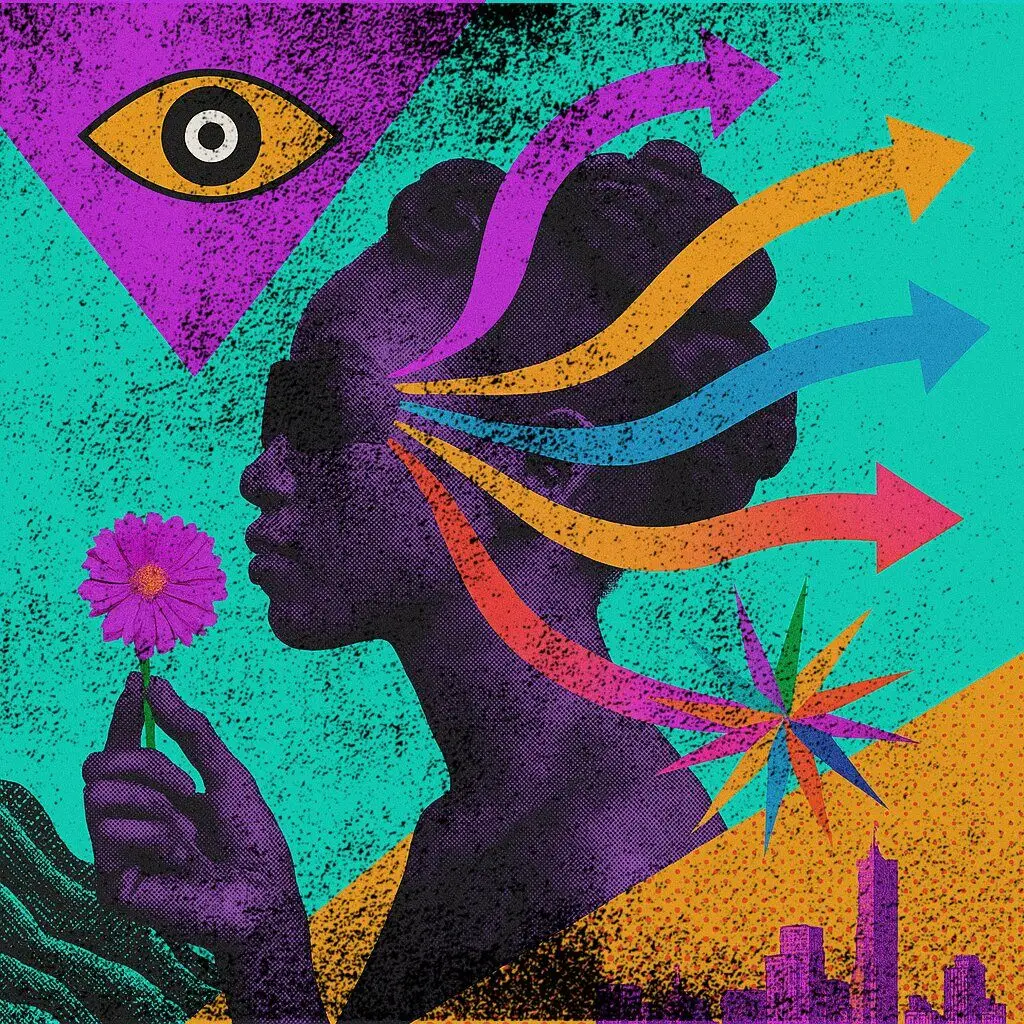The Edge is the Center: Why Marginalized Users Drive the Best Designd
Design improves when it begins where the system breaks.
Every system has an edge—where access falters, assumptions fail, and people get excluded. These edge users are often labeled as “outliers” or “exceptions.” But in truth, they’re the system’s mirror. They show where cracks live. Where design wasn’t made for complexity, for difference, for reality.
Designing from the center keeps systems safe, predictable, and exclusionary.
Designing from the edge pushes systems to grow.
Marginalized Users Surface the Truth
Designs built around “average” users collapse the moment a real person shows up—with multiple identities, constraints, or histories. But edge users—refugees navigating digital IDs, disabled users finding workarounds, youth translating adult systems for their peers—carry deep, embodied knowledge.
They understand the informal paths, the broken loops, the real workarounds.
Designing with them:
- Surfaces hidden friction points
- Exposes inaccessible assumptions
- Introduces more creative, more just, more adaptable solutions
- Creates systems that flex under pressure, rather than snap
From Inclusion to Direction
Inclusion is often treated as an add-on. A checkbox. A “nice to have.” But marginalized users shouldn’t be invited late—they should be the starting point.
Because when you design for the edge:
- You solve for a wider range of needs
- You future-proof against complexity
- You make room for difference by default, not exception
This isn’t charity. It’s design intelligence.
Centering the Periphery
At ADSI, we work in systems shaped by power—social protection, education reform, refugee services, political transformation. In every case, we begin at the periphery.
We prioritize:
- First-hand accounts over assumptions
- Co-creation over consultation
- Narratives of harm and resilience as design inputs
- Safety, trust, and dignity as baseline conditions
This makes the process slower, more layered, and often more uncomfortable.
It also makes it better.
The Design That Holds
When you center the edge, you don’t just widen access.
You reshape the system’s core.
Design stops being about smoothing over difference.
It becomes a structure that holds it—firmly, creatively, and with care.
Edge users aren’t use cases.
They’re the key to designing systems that hold everyone.



Leave a Reply